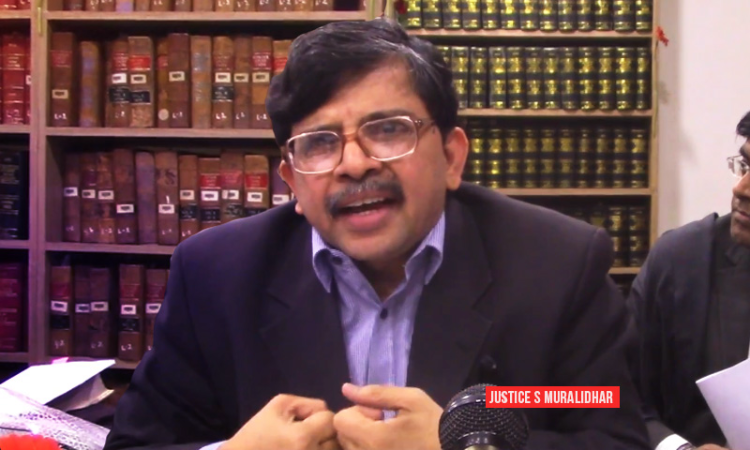Read The Full Text Of Justice Muralidhar's Farewell Speech
LIVELAW NEWS NETWORK
6 March 2020 6:29 AM IST

Next Story
6 March 2020 6:29 AM IST
The Chief Justice, my colleagues, and all present here.I had first written out a speech thanking those who made it possible for me to be where I am. That ran into six typed pages. Some of them are here, some elsewhere. They include Amma, my sister and my niece, sisters-in-law, brothers-in-law, aunts, uncles, nephews, nieces, cousins and numerous other relatives and friends and above all,...
